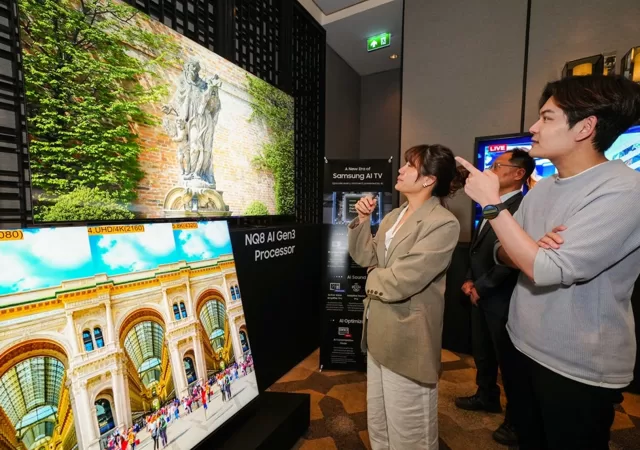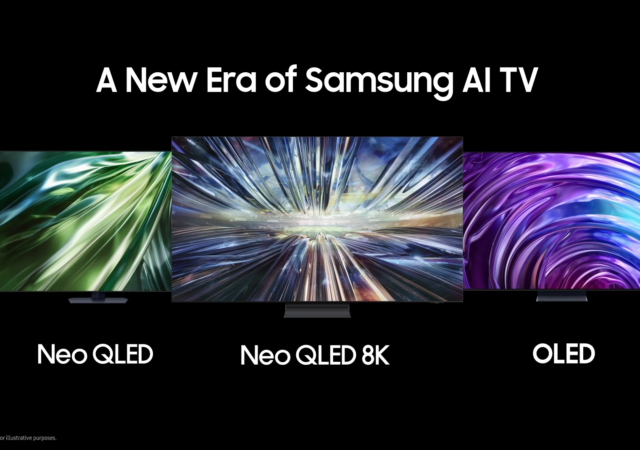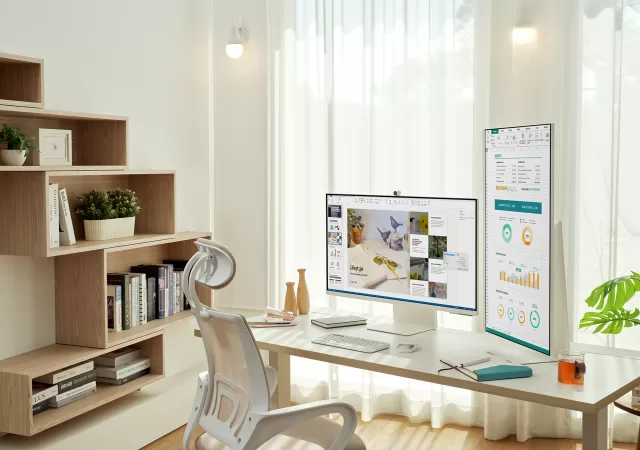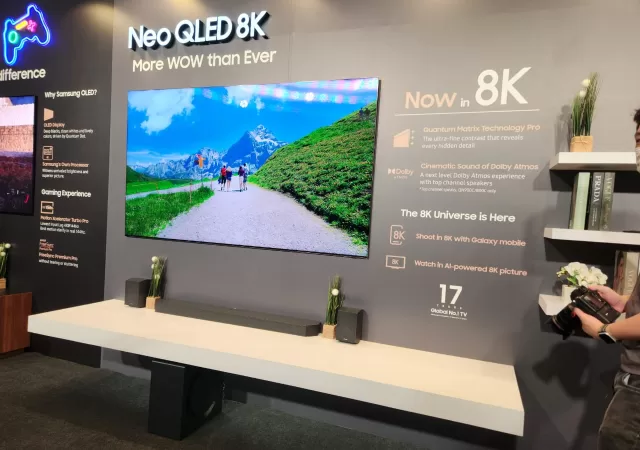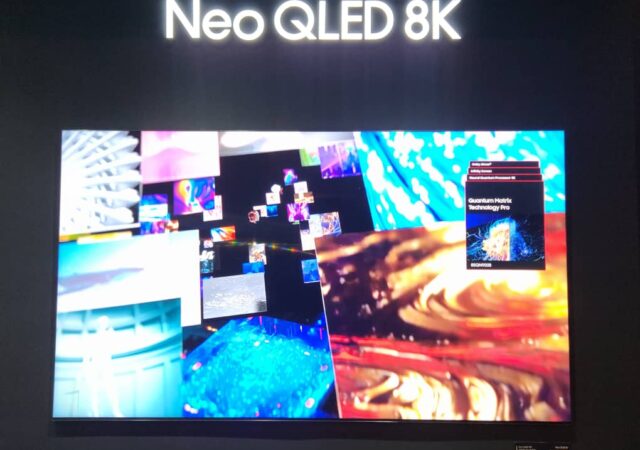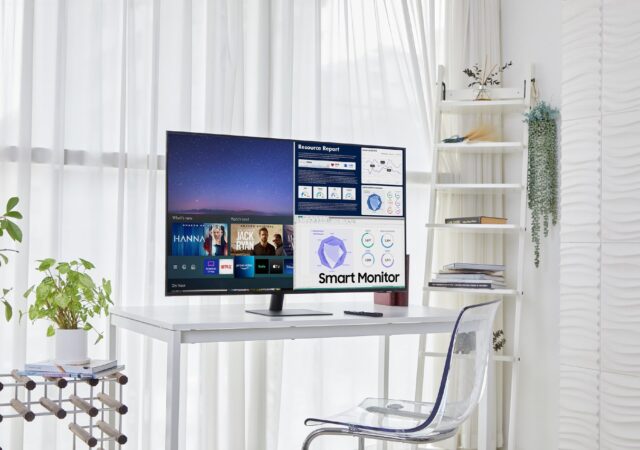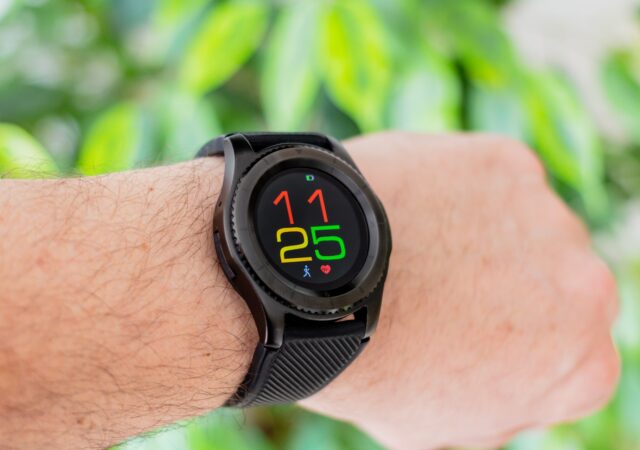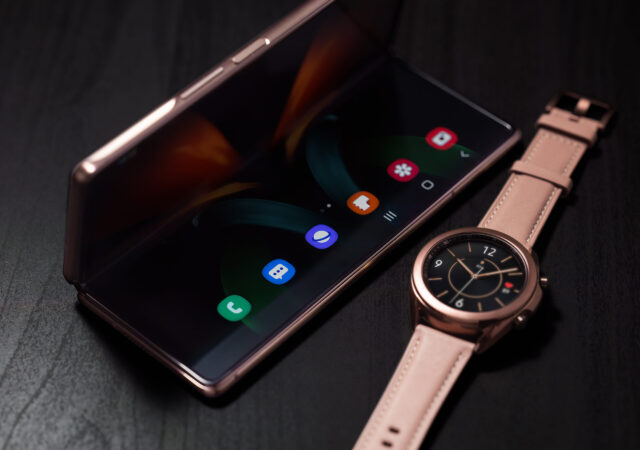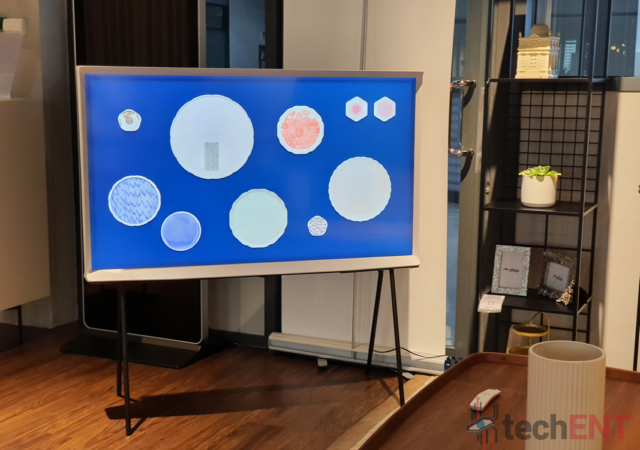Samsung shows off the latest smart TV innovations at the Southeast Asia Tech Seminar with new processors and a focus on AI.
Samsung Launches New TV Lineup With AI Front and Center
Samsung announces its 2024 lineup of Neo QLED 8K, Neo QLED and OLED TVs with a new generation of processors and AI features.
Samsung’s 2023 Smart Monitor Lineup Focuses on Personalisation & Productivity
Samsung announces a new line up of Smart Monitors that take personalisation, productivity and entertainment to a whole new level.
Samsung WOWs Malaysia with New Neo QLED TVs
Samsung releases a new range of Neo QLED TVs complete with SmartThings and Q Symphony at a more accessible prices.
Samsung’s 2022 Neo QLED TVs Make Malaysian Debut
Samsung announces their new 2022 line up of Neo QLED 8K Smart TVs in Malaysia. The new TVs bring a whole new experiences.
Samsung Smart Monitors go Bigger and Smaller than Ever.
Last year Samsung launched something of a game changer, in our opinion. It has nothing to do with gaming, or entertainment, to be fair. It has more to do with work than anything else. In November of 2020, Samsung introduced…
[Google I/O 2021] Google & Samsung Take Wear OS to the Next Level
Google and Samsung are partnering to bring one of the biggest updates to Wear OS that could change the fate of wearables.
Samsung Smartwatches Joining the Wear OS Family?
Samsung’s Smartwatches may be joining the Google Wear OS family with the new Galaxy Watch.
Samsung The Serif QLED TV In-Depth Review: Smart TVs Never Looked So Good
The television isn’t just a screen to consume content anymore. Over the years, the screen has become more of a multi-dimensional surface which isn’t just about multimedia. Some use it to keep in touch, some use it to escape the…
Samsung Brings TizenOS to new Lifestyle Smart Monitors with Apple AirPlay 2
Samsung announces a new range of Smart Monitors which bring features that make it optimised for both work and play.



